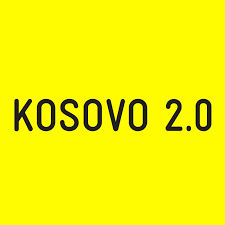In Zenica, an industrial city in central Bosnia and Herzegovina, residents have lived for decades with heavy air, black smoke, and institutional silence in the face of pollution from the local steel factory.
This factory, formerly known as “Željezara Zenica,” was founded in 1892 during the Austro-Hungarian Empire, but it underwent a major transformation during the Yugoslav period after World War II. In the 1950s and 1960s, with the help of Soviet experts, the factory expanded significantly and became one of the largest industrial complexes in the Balkans. At its peak, it employed over 20,000 workers and produced millions of tons of steel annually.
The plant was a vast industrial complex that included blast furnaces, coke ovens, and a full production line for materials used in construction, heavy industry, and export. Steel from Zenica reached far beyond the borders of Yugoslavia: to Africa, the Middle East, and Eastern Europe. The city expanded in parallel with the factory, and Zenica became known as a “steel city,” where everything, from urban development to the construction of schools and hospitals, was closely tied to the steel industry. The pollution generated by this industrial growth reached alarming levels, but the focus remained on economic progress, and little attention was paid to environmental impact.
When the war in Bosnia and Herzegovina broke out in 1992, the factory ceased operations.
It was only in 2004 that the factory was privatized by the Netherlands-based LNM Mittal Group, which acquired 51% of the shares, while 41% remained under the ownership of Kuwait Consulting and Investment Co. According to the contract, Mittal was obligated to produce at least two million tons of steel per year, employ around 4,500 workers, and invest in environmental protection — including the construction of a water treatment plant, a by-product plant, and emission control equipment — in accordance with the laws of Bosnia and Herzegovina. Following the merger of Mittal and Arcelor in 2006, the factory came under the full ownership of the newly formed ArcelorMittal Group. Headquartered in Luxembourg, the company became the largest steel producer in the world.
After preparations for the factory’s reactivation, the steel mill resumed operations in 2008, and with it, the polluted, heavy air returned to the citizens of Zenica.
As air quality worsened, academic and civic voices began to rise against the powerful business, which ignored its obligations to comply with environmental standards. The company justified its actions by pointing to job creation — an argument that silenced most opposition. While institutions remained passive, prioritizing business interests, environmentalist Samir Lemeš began his activism as soon as the factory reopened. In 2009, he joined the organization Eko Forum Zenica.
His activism against pollution was soon joined by others, as activists launched protests, online campaigns, petitions, and even filed lawsuits and complaints.
“We expected global standards, and instead, we got pollution, every day, every month, every year,” says Lemeš, who, like many others, was disappointed by the privatization of the factory by a company that had promised investment and technological improvements.
The resistance and pressure led by Lemeš and other activists came with its own set of challenges. A large number of Zenica residents, around 2,200, were employed at the factory. The company conveyed to workers that Lemeš and the activists were trying to shut the factory down. But according to Lemeš, their goal was never closure — it was the installation of proper filters.
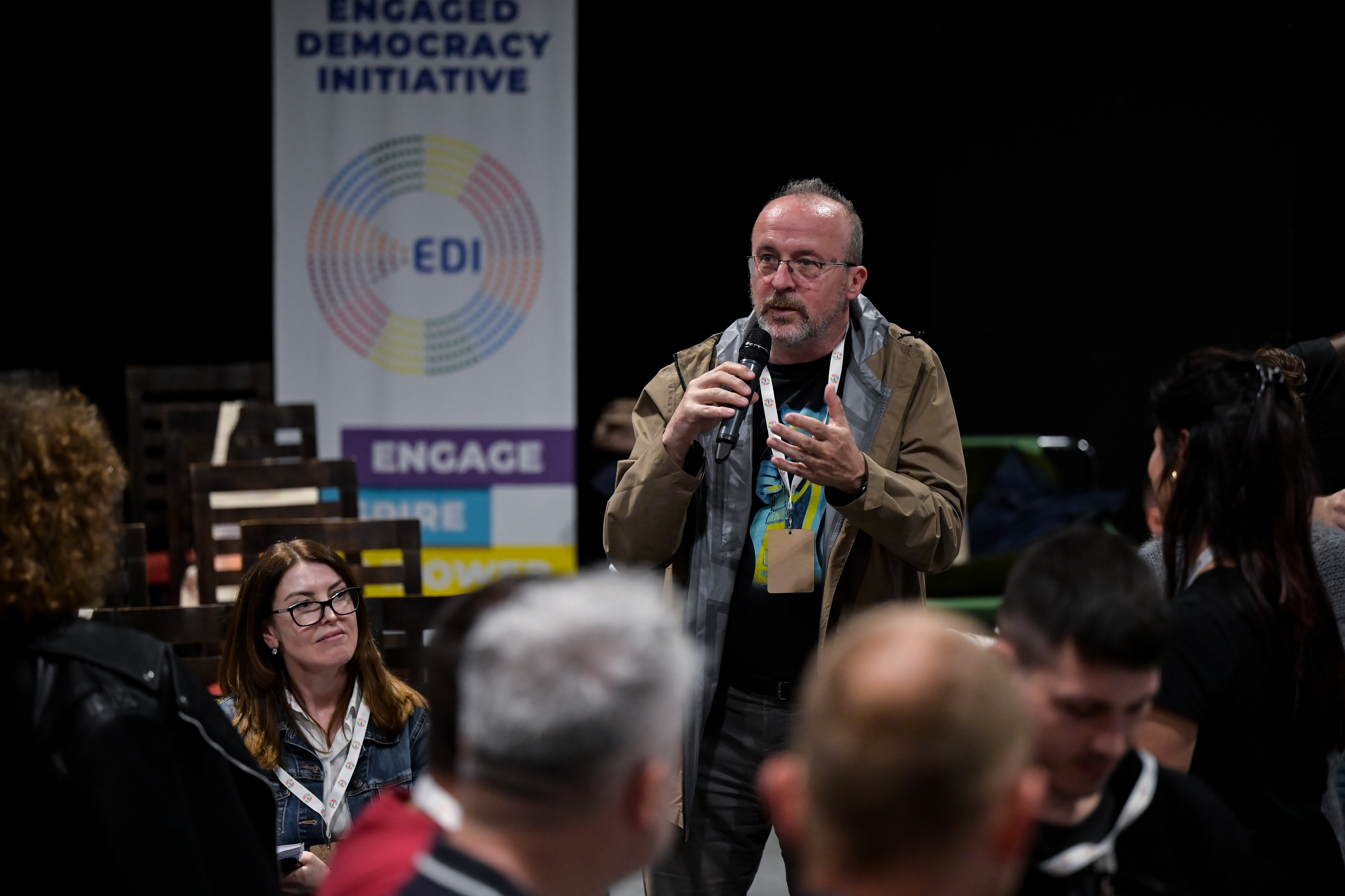
Samir Lemeš began his activism as soon as the Zenica factory resumed operations and the polluted, heavy air returned to the city’s residents. Photo: EDI Convention.
Eko Forum Zenica collected data on pollution emitted by the factory, organized international campaigns, collaborated with experts from the U.S. Environmental Protection Agency, and challenged a system in which even public health institutions refused to acknowledge the reality.
“The institutions simply acted as if the problem didn’t exist, they tried to hide it. I don’t know why, maybe they were corrupt,” says Lemeš. His team conducted public health research by hiring independent experts and received exactly the results they feared: alarming ones. Measurements revealed that Zenica was among the most polluted cities in Europe in terms of PM (particulate matter) levels — tiny airborne particles made up of solid smoke, soot, dust, and heavy metal compounds. PM₁₀ values often reached 200–300 micrograms per cubic meter, far exceeding the daily limit of 50 micrograms. Additionally, there were high concentrations of benzene, arsenic, and heavy metals. The polluted air in Zenica has led to a dramatic increase in respiratory and cardiovascular diseases, as well as cancer cases, directly affecting both public health and residents’ quality of life.
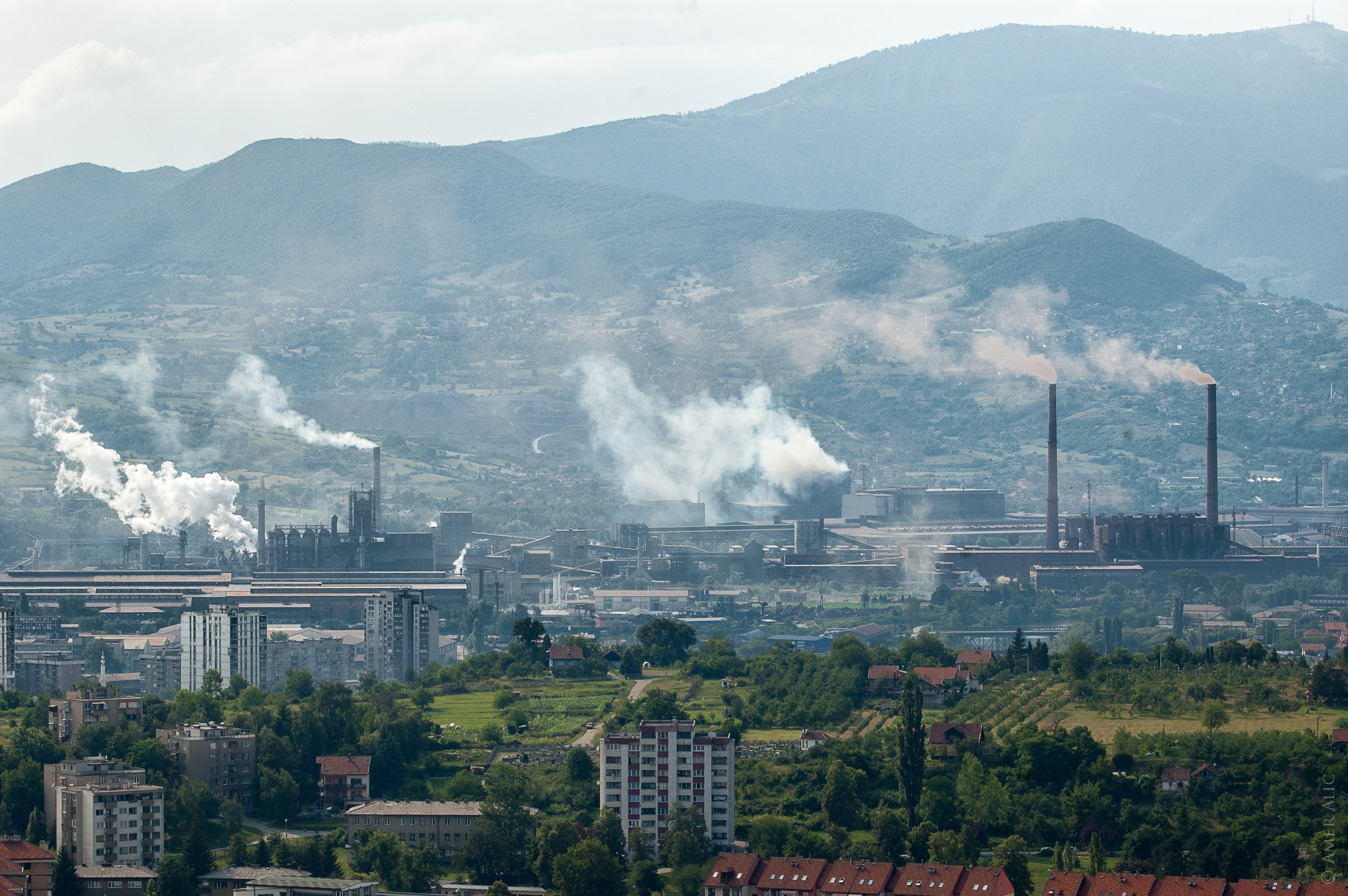
In addition to polluting the air, the factory also contaminated the soil in Zenica. Photo: cc/AAPRODUCTIONS.
Despite the data, it wasn’t until 2024 that the company began taking action by shutting down one of its production units, the coke plant, which, according to Lemeš, was the main source of air pollution containing carcinogenic substances. The company claimed it closed the unit because further investments would not be economically viable, as production could no longer meet high environmental standards.
“The summer of 2024 was the cleanest the city had experienced in many years,” says Lemeš. However, he emphasizes that this was not a victory against industry, but a victory against injustice, one that took a long time. “It took us 15 years.”
Still, beyond the air, pollution from the factory also contaminated Zenica’s soil.
In March 2024, journalists from the Center for Investigative Journalism (CIN) collected soil samples from 50 locations in Tetovo and Pehar, neighborhoods in Zenica, which were analyzed by the Federal Institute for Agropedology of Bosnia and Herzegovina. All samples were found to be contaminated with heavy metals, including arsenic, lead, zinc, cadmium, nickel, and copper, at concentrations two to three times higher than the legal limits set in BiH. Experts link this pollution to harmful particles released during factory production, which are carried by the wind, settle on the ground, and are absorbed by food crops. Their consumption can lead to serious health consequences, even decades later.
Residents continue to grow fruits and vegetables on contaminated soil.
The institute has been monitoring soil contamination in the area since 2011. In 2015, after five years of continuous measurements, it submitted reports to the Municipality of Zenica and the Government of Bosnia and Herzegovina, declaring Tetovo, Pehar, and Gradišće as hazardous areas for growing plants intended for human and animal consumption. However, the ban was never enforced, and residents continue to grow fruits and vegetables on contaminated soil, exposing themselves to daily health risks.
Zenica also faces another looming threat: millions of tons of industrial waste illegally dumped by the factory in the hills surrounding the city. And with the Carbon Border Adjustment Mechanism (C-BAM) set to enter into force in 2026, the factory may be forced to cease operations in Bosnia and Herzegovina, potentially leaving behind vast quantities of industrial waste.
C-BAM is an EU mechanism that places a price on carbon emissions generated during the production of highly polluting goods. Although Bosnia and Herzegovina is not part of the EU, it could still be affected by this regulation, as many of the goods exported to the EU come from countries without a carbon tax — such as BiH, Serbia, or Albania.
The aim of C-BAM is to prevent companies from relocating production to countries with lower environmental standards and to encourage cleaner production practices outside the EU. As a result, companies operating in these countries, like BiH, will be required to pay for the pollution they generate when producing goods destined for the EU market, even if the country where they operate does not impose such a tax.
“If the company leaves tomorrow, who will be responsible for this ecological disaster?” asks Lemeš.
Europe’s “green” colonies
While civil society and citizens in the Western Balkans have consistently opposed environmentally damaging projects — such as construction in protected areas, pollution from heavy industry, and the exploitation of scarce natural resources — their efforts have increasingly been directed at projects supported by EU member states.
From Vareš and Ozren in Bosnia and Herzegovina, to the Jadar Valley in Serbia and Mojkovac in Montenegro, foreign companies — often backed by EU countries — are aggressively pursuing concessions for mining projects.
On the one hand, the EU pursues its decarbonization agenda and the transition to renewable energy sources. On the other, it often overlooks violations of environmental standards in the Western Balkans, where it supports projects that serve its green transition goals. In this context, to meet the growing demand from member states for rare minerals, such as lithium, essential for the production of solar panels and batteries, dozens of mining projects have been launched across Western Balkan countries.
An analysis published in March 2025, Mining in the Western Balkans: The Rise of Dangerous Transactionalism, by Vedran Džihić, a Vienna-based political scientist and lecturer, raises serious concerns about the environmental and political costs of the EU’s efforts to secure critical raw materials from the Western Balkans.
This report was published during the Engaged Democracy Initiative (EDI) Convention, organized by the European Balkans Fund (EBF), an initiative launched by several European foundations to strengthen democracy in the Balkans. The convention, which brought together dozens of activists from across the region, was held in Skopje, North Macedonia, in May 2025, and lasted three days. It took place in a bohemian setting, a former abandoned warehouse and factory, now transformed into a space called Laboratorium. Conceived as a place for generating new ideas and reclaiming forgotten spaces, Laboratorium proved to be a fitting venue for the convention’s spirit and goals.
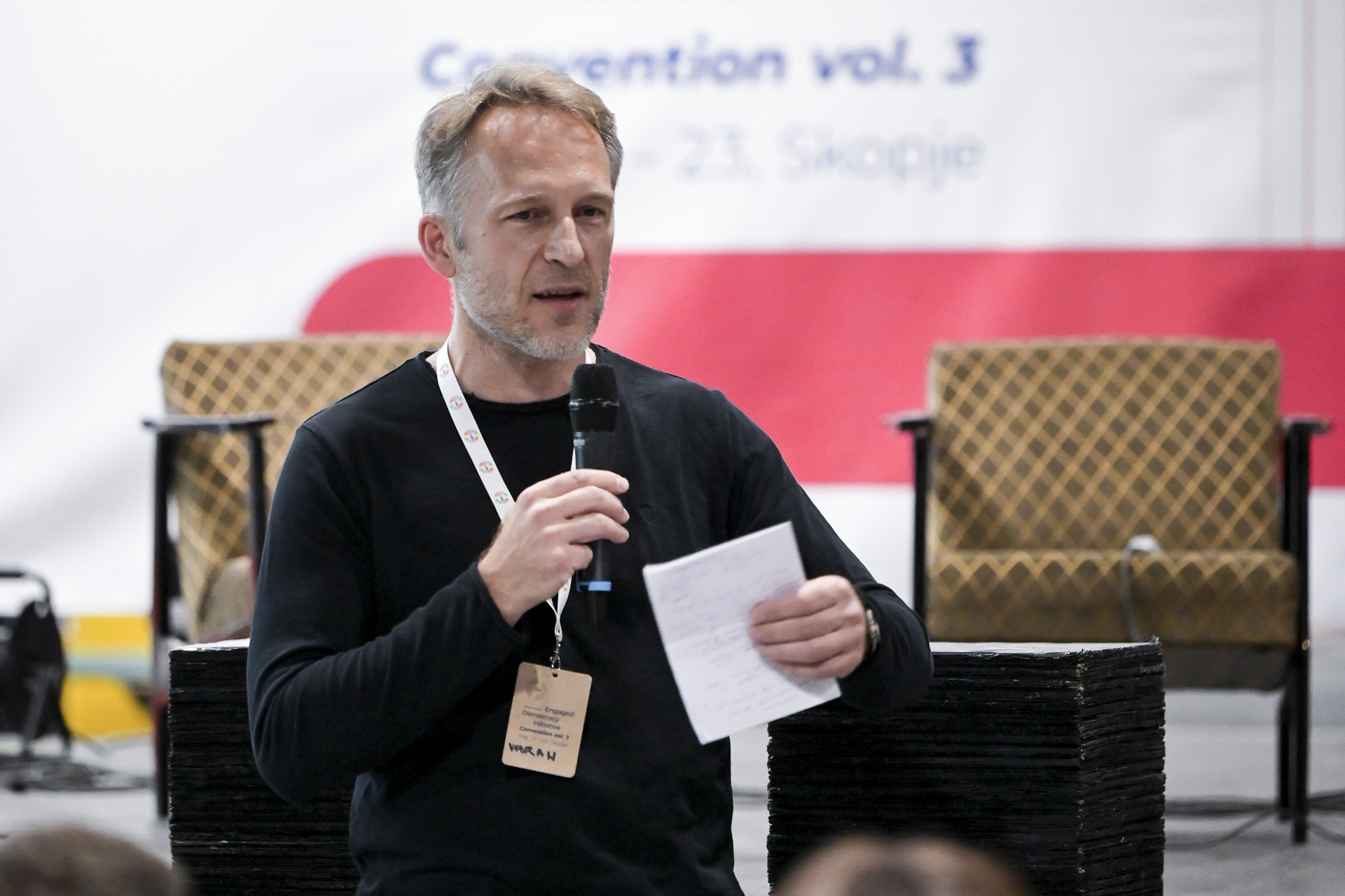
Vedran Džihić’s report warns of an EU increasingly willing to compromise with regional autocrats in exchange for access to natural resources — sacrificing democracy and environmental justice. Photo: EDI convention.
The report details the continued expansion of mining projects in the region, raising serious concerns about how the EU’s green energy ambitions are clashing with democratic principles, environmental justice, and citizens’ rights. As Western Balkan countries become strategic hotspots for the extraction of lithium, copper, and other critical minerals, the report argues that the EU’s values-based enlargement model is increasingly being replaced by a transactional approach driven by short-term interests and hidden deals.
The report warns of an EU that is increasingly willing to compromise with regional autocrats in exchange for access to natural resources, thereby sacrificing democracy and environmental justice.
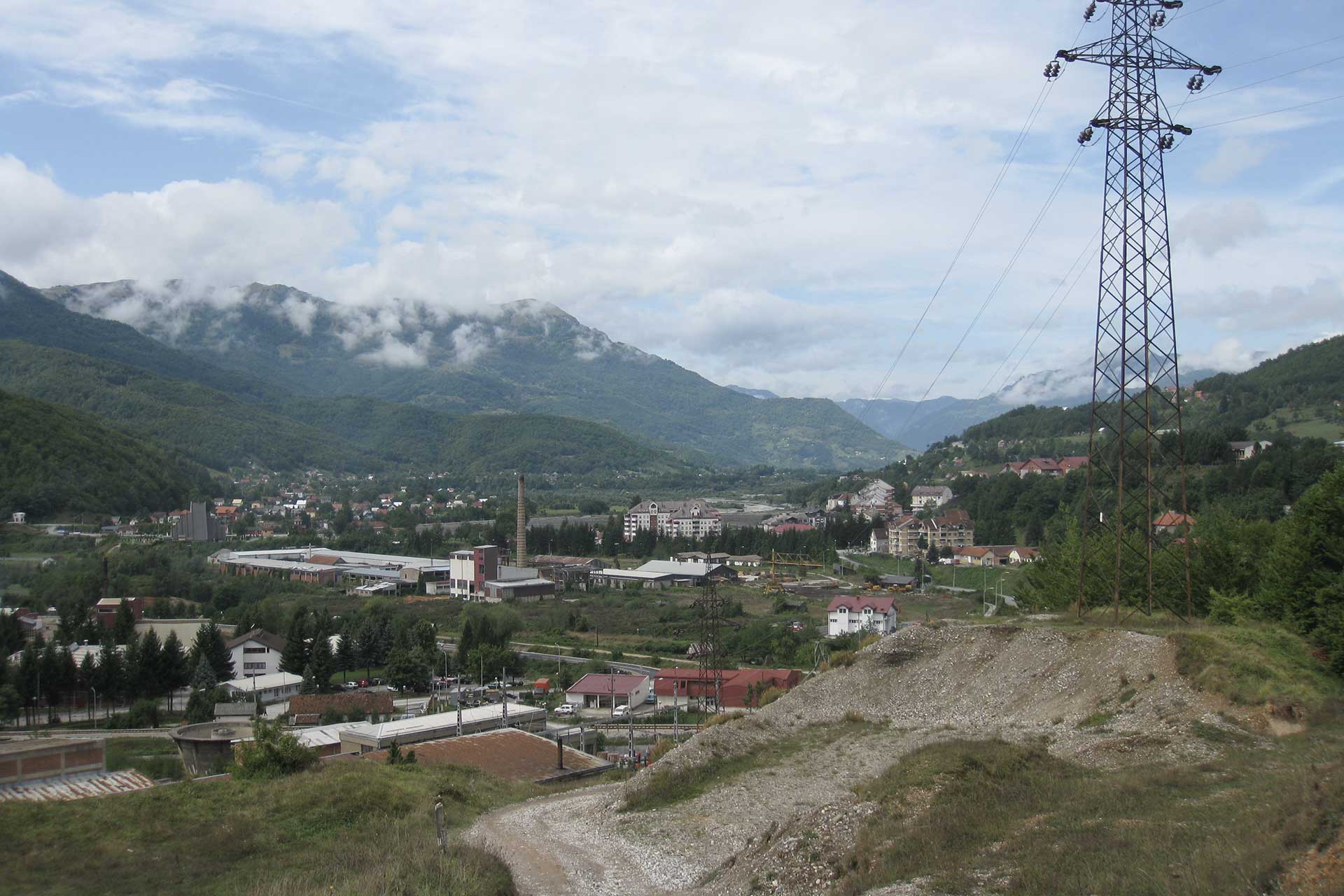
From Vareš and Ozren in Bosnia and Herzegovina, to the Jadar Valley in Serbia and Mojkovac in Montenegro, foreign companies, often backed by EU member states, are aggressively pursuing concessions for mining projects. Photo: WikiCommons.
Azra Berbić, program manager at the Atelier for Community Transformation (ACT) Foundation, works daily to protect the environment in Bosnia and Herzegovina through activism, awareness-raising, and engagement in shaping public policy.
“Especially now, as we focus on projects involving the extraction of rare minerals, a topic that has become increasingly heated, we’re seeing growing interest from foreign companies to explore and exploit every corner of the Balkans,” says Berbić. In the town of Vareš, Bosnia and Herzegovina, where rare minerals such as silver, zinc, and lead are being extracted, she says the effects of these activities are already being felt.
“People are afraid to use water from the public supply because of the proximity to the concession area where the company is carrying out excavations. There is no direct evidence, but the fear is widespread,” she explains.
The companies, according to her, promote a narrative of economic development and progress through the exploitation of these minerals, but in practice, they leave behind only damage, which the community will have to deal with for generations.
When it comes to the position of Bosnia and Herzegovina’s political representatives, Berbić speaks without illusions. “Politicians claim to be on the side of the citizens, but it’s clear that there are strong connections between their interests and those of the mining companies,” she says. According to her, politicians and institutions facilitate every legal procedure for these companies, and in the end, there is never enough transparency.

Azra Berbić notes that in the city of Vareš, Bosnia and Herzegovina, where rare minerals such as silver, zinc, and lead are being mined, the effects of these activities are already being felt. Photo: EDI convention.
While governments and companies present these projects as catalysts for economic development and regional integration, Džihić emphasizes that the gap between their promises and the reality on the ground is starkly evident.
Džihić’s report highlights that mining projects have sparked strong public reactions due to their devastating impacts on the environment, including water and air pollution, land degradation, and biodiversity loss. No case illustrates this clash more clearly than Rio Tinto’s lithium mining project in Serbia. Rio Tinto, one of the world’s largest mining companies, has frequently been at the center of criticism for its projects and their environmental consequences.
The Jadar Valley lithium mine project in Serbia, proposed by Rio Tinto, has been one of the most hotly debated issues in the Balkans in recent years. In 2004, the presence of the mineral jadarite — which contains lithium and boron — was discovered in the Jadar Valley. Years later, in 2017, Rio Tinto signed a memorandum of understanding with the Serbian government and planned to build one of the largest lithium mines in Europe, known as the “Jadar Project.” However, in 2021 and 2022, the project faced massive protests from citizens and environmental organizations, who raised concerns about its potential negative impact on the environment and public health. As a result of public pressure, the Serbian government revoked all of Rio Tinto’s permits in January 2022.
However, in July 2024, Serbia’s Constitutional Court overturned the government’s previous decision, reinstating the permits for the mining project. This sparked a new wave of protests across the country, with thousands of citizens taking to the streets in opposition. Protesters argued that the mine would cause irreversible environmental damage and disrupt the livelihoods of local communities.
Despite ongoing opposition, the Serbian government has continued to support the project, framing it as an opportunity for economic development and closer integration with the European Union. In the same month, Serbia signed an agreement with the EU for the supply of critical raw materials, including lithium from the Jadar mine.
Džihić places this shift within the broader context of EU-Serbia relations.
“In the summer of 2024, a new chapter began in EU-Serbia relations, a chapter of pragmatic, opportunistic, and value-free transactionalism,” he writes in his report. He also criticizes the EU’s willingness to overlook democratic backsliding in Serbia, media suppression, and close ties with Russia and China in order to secure access to strategic natural resources.
According to Džihić, governance failures, combined with state capture and corruption, risk turning the region into what some critics have called “Europe’s future mining colony.”
Džihić also draws parallels with the situation in Bosnia and Herzegovina, where international mining projects have moved forward without meaningful consultation with citizens.
“Regional governments typically develop large projects without any meaningful consultation and keep their plans and financial details secret,” he writes, adding that these governance failures, combined with state capture and corruption, risk turning the region into what some critics have called “Europe’s future mining colony.”
For Berbić, however, the situation in the Balkans is not isolated but part of a broader global pattern of exploitation.
“This is pure neocolonialist policy being implemented in the Balkans,” she says. “When you see what’s happening in Africa, with people being killed for trying to protect their natural resources, it’s not an exaggeration to say that anything is possible… here too,” says Berbić, who emphasizes that this is ultimately not a fight for a single mountain or river, but for our collective future.
An airport located within the protected area of Vlorë
While mining projects have opened a new front for environmental activists in the Balkans, others — such as activists in Albania — continue to oppose large-scale infrastructure projects being developed in protected biodiversity areas.
The Center for the Protection and Preservation of Natural Environment in Albania (PPNEA) (PPNEA) has led a campaign against the construction of Vlora International Airport, which is being built within the Vjosa-Narta protected landscape. This area is one of Albania’s most important ecosystems, renowned for its rich biodiversity and as a critical stopover site for migratory birds.
The idea of building an airport in Vlorë was first introduced in 2017. In January 2018, Prime Minister Edi Rama announced that he had received an official request from a consortium of three Turkish companies to construct the airport and that work would begin by June of that year — even though the feasibility study launched in 2017 had not yet been published and no tender procedure had been announced.
The Turkish consortium withdrew in April 2019 without providing much explanation. Following that, a new international competition was launched, which was won by a consortium consisting of Mabetex Group (50%), YDA Group (48%), and 2A Group Shpk (2%). The contract was signed on April 20, 2021, and construction officially began on November 28, 2021.
Recently, during the election campaign in May 2025 in Albania, a test flight was conducted — effectively serving as an informal inauguration of the new airport. On May 8, 2025, when the flight took place, Sara Skrapalliu, a communications assistant at PPNEA, reported that the organization’s observers witnessed birds native to the area flying in a disoriented manner. The Narta Lagoon is a critical habitat for migratory birds, and the test flight raised serious concerns, particularly for the flamingo colonies that had nested there for the first time in June.
“A flock of flamingos was near the airport that day. As the plane approached, they reacted in complete disarray, even though they normally fly in coordinated groups,” says Skrapalliu. PPNEA warns that the airport’s daily operations could have irreversible consequences for the area’s wildlife.
The airport project has also drawn criticism from international institutions. The Standing Committee of the Bern Convention has called for a halt to the construction of the airport, emphasizing that it violates international agreements and threatens the area’s biodiversity. The Standing Committee is the highest governing and decision-making body of the Bern Convention, an international treaty adopted in 1979 in Switzerland and in force since 1982, which aims to protect nature and biodiversity across Europe. Albania ratified the Convention in 1999.
The German company Flughafen München GmbH (FMG), through its subsidiary Munich Airport International (MAI), was engaged as a technical consultant for the Vlorë airport project. While it was not a direct builder or investor, the company had a cooperation agreement with the construction consortium to provide expertise in airport design, operation, and management, based on its many years of experience with Munich Airport.
In April 2025, the German side announced its withdrawal from the project, citing its negative environmental impact. The decision was made by the Economic Committee of the Munich City Council, following sustained pressure from environmental organizations such as EuroNatur and BUND Naturschutz, which had raised serious concerns about the project’s impact on the Narta Lagoon.
However, this did not stop the Albanian government from proceeding with the first test flight. Notably, the test flight in Vlorë was conducted using the private plane of Behgjet Pacolli, president of the construction company Mabetex, former president of Kosovo, and a prominent public figure.
PPNEA has taken legal action to stop the construction of the airport by filing lawsuits in Albanian courts. However, according to Skrapalliu, the legal proceedings have faced significant delays.
“We are waiting for the judicial system to at least speak out as it should, because this violation is clear,” says Skrapalliu.
In a video posted on social media, flamingos are seen fleeing the area due to aircraft noise, direct evidence of the project’s negative effects.
The Vlorë airport project has been promoted as one of the most significant developments for the Albanian state. The rapid growth of Tirana International Airport, driven by an increase in low-cost routes, has provided the Albanian government with justification for developing additional airports. One such airport was built in Kukës, but it has since failed and is now closed.
In an effort to raise public awareness, PPNEA has organized protests and distributed visual materials highlighting the environmental impact of the Vlorë airport project. In a video posted on social media, flamingos are seen fleeing the area due to aircraft noise, direct evidence of the project’s negative effects.
Across the Western Balkans, major infrastructure projects are underway, while local communities grow increasingly concerned about environmental damage and a lack of accountability. From air pollution caused by heavy industry, to environmental degradation linked to mining projects justified by the green transition, and construction in protected areas, the clash between economic interests and environmental protection is becoming ever more visible and harder to ignore.
Feature image: cc/AAPRODUCTIONS.
 Want to support our journalism? Become a member of HIVE or consider making a donation. Learn more here.
Want to support our journalism? Become a member of HIVE or consider making a donation. Learn more here.
